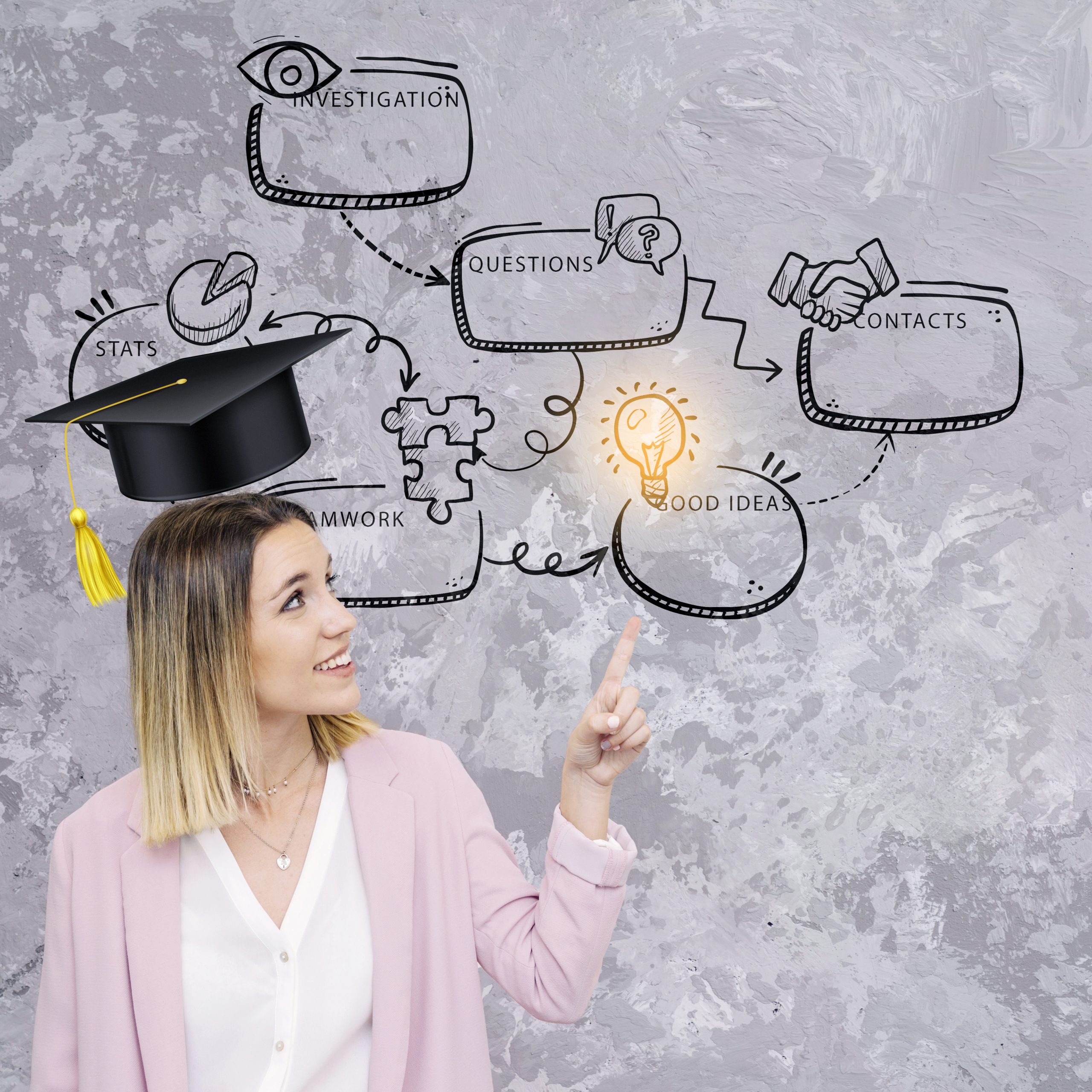Imagine education as a vast garden, with each teaching methodology acting as a unique fertilizer that nurtures different types of blooms. As you step into this world of pedagogical diversity, you’ll encounter traditional teacher-centered methods alongside modern student-centered approaches. But that’s just the surface; there’s a whole spectrum of instructional strategies waiting to be explored. From direct instruction to hands-on physical learning techniques, the possibilities are endless. So, are you ready to uncover the richness of educational methodologies and how they shape the way you learn and grow?
Traditional Teacher-Centered Methods
In traditional teacher-centered methods, the primary focus lies on the teacher as the central authority dictating class activities and information dissemination. Teacher authority is prominent, with students taking a passive role in learning, merely receiving information rather than actively participating in its acquisition. This approach heavily relies on textbooks for lesson delivery, emphasizing strict discipline to maintain order in the classroom. Evaluation methods predominantly involve teachers assessing student performance, shaping the learning experience. The teacher’s role extends beyond imparting knowledge to also include guiding students through structured assessments, reinforcing the hierarchical nature of the classroom. This method, while providing a structured and organized learning environment, has been critiqued for potentially hindering critical thinking and problem-solving skills in students. The teacher’s dominance in the classroom limits student autonomy and may impede creativity and independent thought.
Modern Student-Centered Approaches
Modern student-centered approaches revolutionize traditional teaching methods by placing the emphasis on student engagement, empowerment, and active participation in the learning process. These methodologies prioritize the student’s role in shaping their educational journey, fostering a deeper understanding and long-term retention of knowledge. Key features of modern student-centered approaches include:
- Inquiry based exploration: Encouraging students to ask questions, investigate topics, and seek answers independently, promoting critical thinking and problem-solving skills.
- Collaborative projects: Engaging students in group work, fostering teamwork, communication, and the exchange of diverse perspectives, enhancing social skills and collaborative abilities.
- Personalized engagement: Tailoring instruction to individual student needs and interests, creating a more meaningful and relevant learning experience that promotes intrinsic motivation and active participation.
Direct Instruction Strategies
Direct Instruction Strategies encompass structured teaching methods where educators provide explicit guidance and clear explanations to facilitate student learning effectively. These strategies are characterized by effective communication, encouraging active participation, incorporating engaging activities, utilizing Socratic questioning, and promoting critical thinking.
| Aspects | Description |
|---|---|
| Effective Communication | Clear and concise delivery of information |
| Active Participation | Involvement of students in learning activities |
| Engaging Activities | Interactive and stimulating tasks for students |
| Socratic Questioning | Encouraging critical thinking through questioning |
| Critical Thinking | Developing analytical and problem-solving skills |
In employing Direct Instruction Strategies, educators prioritize effective communication to ensure students grasp concepts thoroughly. Active participation through engaging activities fosters a dynamic learning environment, where Socratic questioning prompts critical thinking. By incorporating these elements, students are guided towards developing essential skills for academic success.
Flipped Classroom Model
Utilizing the Flipped Classroom Model revolutionizes traditional teaching practices by shifting the learning paradigm to empower students through self-paced, interactive educational experiences. This innovative approach enhances student engagement, fosters independent learning, provides personalized instruction, promotes collaborative projects, and integrates technology seamlessly into the learning process.
- Student engagement: The Flipped Classroom Model increases student engagement by allowing them to interact with educational content at their own pace, encouraging active participation and deeper understanding.
- Independent learning: Students develop crucial independent learning skills as they navigate pre-recorded lessons outside the classroom, taking ownership of their education and fostering self-reliance.
- Personalized instruction: The model enables educators to tailor instruction to individual student needs, offering targeted support and allowing for differentiated learning experiences based on each student’s pace and comprehension level.
In essence, the Flipped Classroom Model represents a dynamic shift towards student-centered learning, where technology is leveraged to enhance educational outcomes, foster collaboration, and empower students to take charge of their learning journey.
Hands-On Physical Learning Techniques
Hands-On Physical Learning Techniques immerse students in kinesthetic activities to enhance engagement and stimulate creativity in the educational setting. These methods prioritize physical involvement and experiential learning to facilitate a deeper understanding of concepts. By engaging in hands-on exploration, students can actively participate in their learning process, moving beyond traditional passive learning approaches. Kinesthetic engagement through creative activities like drawing, role-playing, and building fosters a dynamic learning environment where students can connect theory to practice.
This approach not only caters to different learning styles but also promotes critical thinking and problem-solving skills. Through physical involvement, students can make real-world connections and retain information more effectively. Hands-On Physical Learning Techniques offer a refreshing break from screen-based learning, allowing students to interact with materials and peers in a tactile manner. By incorporating these methods, educators can create a dynamic classroom where students are actively involved in their learning journey.
Interactive Group Learning Methods
Interactive Group Learning Methods foster collaboration and engagement among students through structured activities that promote social interaction and knowledge exchange. These methods enhance peer learning and communication strategies, developing essential teamwork skills in students. The interactive discussions within groups facilitate a deeper understanding of the subject matter through diverse perspectives and shared insights. Collaborative activities in group settings not only encourage problem-solving tasks but also improve group dynamics and cooperation among students. Engaging group projects offer a platform for cooperative learning, where students learn to work together towards a common goal, fostering a sense of community and mutual support. Social interaction is a key component of these methods, as students learn effective communication strategies through active participation in group activities, preparing them for future collaborative endeavors in academic and professional settings.
Innovative Teaching Approaches
Moving from the exploration of Interactive Group Learning Methods, the educational landscape is continually evolving with the integration of Innovative Teaching Approaches that revolutionize traditional classroom dynamics and enhance student engagement and learning outcomes. Collaborative projects play a pivotal role in fostering teamwork, communication skills, and a sense of community among students. Technology integration, such as incorporating educational apps and interactive platforms, enhances student interaction and makes learning more engaging. Inquiry-based learning methodologies encourage students to ask questions, explore topics deeply, and develop critical thinking skills. Personalized instruction tailors learning experiences to individual student needs, promoting a deeper understanding of subjects and increased motivation. Through these approaches, students can engage in hands-on activities, critical discussions, and real-world problem-solving tasks, leading to the development of essential skills like creativity, collaboration, and analytical thinking.



